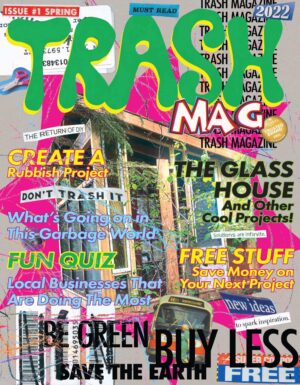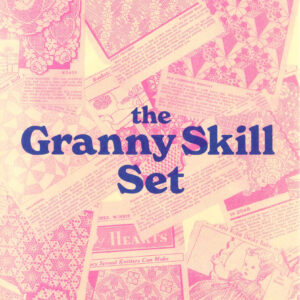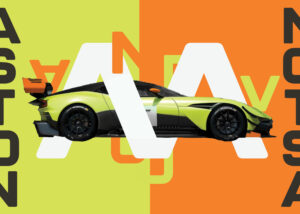Auditory Optics Museum
Austin Neufeld
Austin Neufeld
A BRIEF HISTORY, AND FUTURE OF STATIC VISUALS MADE FOR MUSIC



Description
This project explores the complex and ever-evolving relationship between music and the artwork created for it. What began as an observation of the rise of boring, overly simple, or uninspired artwork quickly devolved into a critique of what constitutes good or bad art, which I had never intended. To counter this, I decided to explore different mediums and ways of making this art. In this project, I take the audience through a brief history of album art, its manifestations, and in the end, speculate on the future of album art and artificial intelligences’ potential role in it.
The abstract, futuristic visuals were created to give the impression that the designer and the audience are already in the future. Perhaps we are at a museum, looking through recovered artifacts and relics of the past. In this case, 20th and 21st Century relics that reflect the history of album artwork making. The “artifacts” are artfully suspended in a type of zero-gravity observation chamber along with other stones and fossils for the artifact to be studied.
Publication














Publication Text
The 20th and 21st centuries brought with them a myriad of technological achievements, the democratization and access to recorded music was one of them. Music, which was once only able to be heard live, and was usually only available to the wealthy of society. Although early recordings of music were bought and sold they were still gravely expensive and available only to the upper echelon. We see this change when Vinyl comes forward. High-quality recordings that were easy to recreate and mass-produced.
With this recorded and mass-produced music, visuals were created to communicate to the audience what the music might sound like or what the artist on the record looked like. These early visuals were largely created to provide information like the track-list, contributors, and record label, but also to sell records. As vinyl continues to grow in popularity and sales throughout the 1950s to the 1980s we see the album box art take a life of its own and become an artistic counterpart to the music and not just a marketing tool. This included creative photography and various visual mediums of art being represented. Booklets included in the vinyl sleeve with lyrics, poetry, notes, thank-you’s, and additional photos or art became more and more common.
In the 1980s a new format of music took center stage, The CD-ROM. These compact disks offered the highest audio quality possible, were easy to produce, and were much smaller and easy to store making them a natural successor to the vinyl. They were also very portable, you could play them in a vehicle or on a walk. During this era jackets with lyrics, notes and extra artwork became the norm and allowed artists and designers to pack even more content into a small package. Even the translucent jewel case that holds the CD-ROM allows for a multitude of creative options for displaying art. This format would quickly overtake vinyl in sales and become the standard way to buy, sell and share music. This continued well into the new millennium.
Quickly after the CD-Rom becomes the standard, digital music enters the picture. Beginning as a means of storing your CDs on your computer this became a great way for collectors to listen to their vast libraries in one place. Digital music also made piracy incredibly simple and widespread. The public were uploading and downloading MP3s on public file-sharing services. In an effort to fight piracy, digital music stores were created. Most notably the Itunes music store. Along with this came the most portable music players in history.
In a new age of technological innovation and growing reliance on autonomous electronic systems, we see the birth and refinement of AI (Artificial Intelligence) Generated materials. Extracting from the wealth of information and data we have willingly and often unknowingly contributed to the world wide web for decades. This hive-mind of collective knowledge pulls from an infinite amount of sources to create something entirely new. This forges an interesting new medium for artists and designers to explore new ways of making. The ability to generate album artwork based on information about the music, its subject matter, and even it’s sounds becomes an exciting mode of creation. This practice allows artists and designers to control the input information as much or as little as they please and could create an infinite number of different variations.
Personalization of the musical experience comes into focus. Allowing an individuals experience with the music itself to determine how the album artwork looks and feels. This allows for an even further level of potential outcomes and possibilities that were not previously possible. This new kind of making draws divided feedback from the musical artists themselves as it relinquishes control of the creative narrative to how the listener perceives the music or how the AI engine responds to the data about the album. Like with most controversial new ways of making in music and design, multiple ways of making live simultaneously and parallel to each other. Which in turn allows for an even more diverse and varied range of outcomes. Which will never be a negative attribute of art or design.





